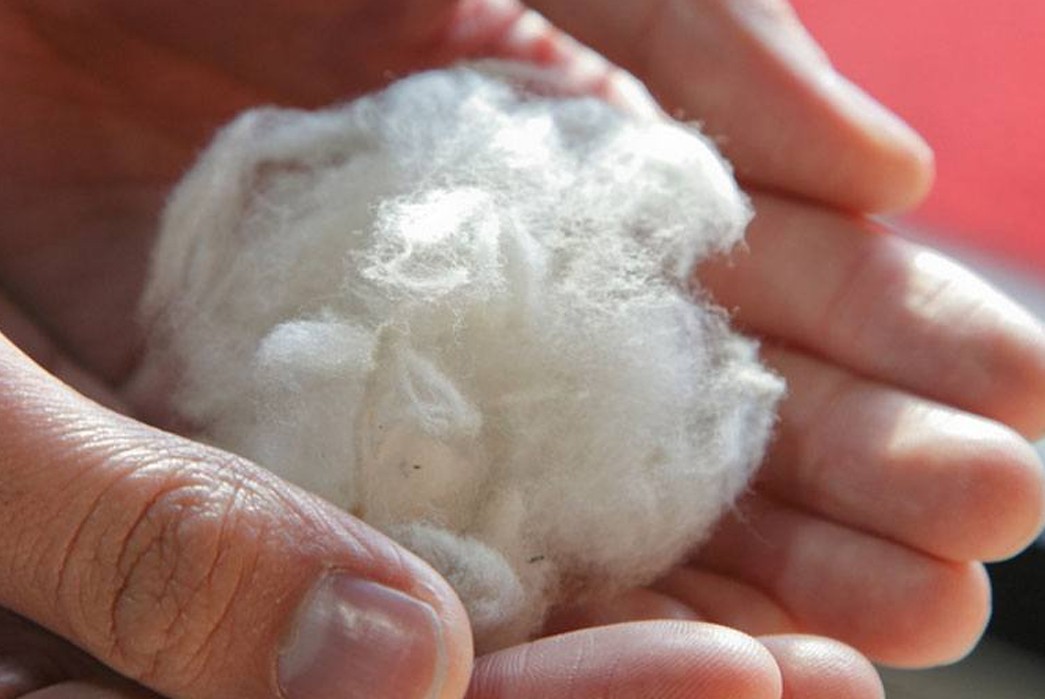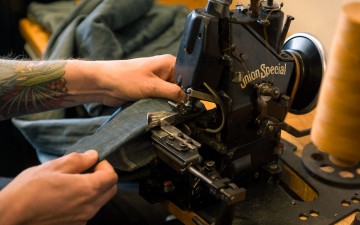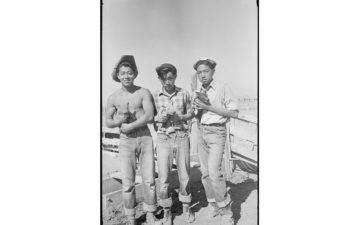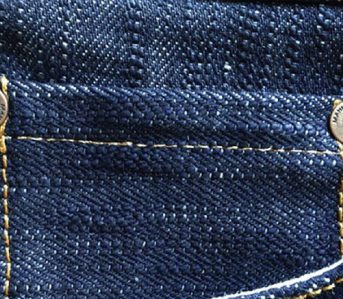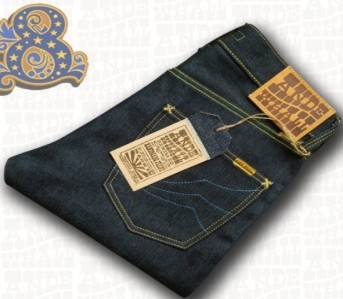One of the crucial elements that separates the raw denim hobby from ordinary consumer fashion is the careful consideration of the materials used to construct the jeans. If the modern raw denim movement was born from a fascination with selvedge denim and vintage shuttle looms, it grew up as manufacturers pressed further into a drive for unique garments featuring not just old-fashion fabrics, but carefully-selected machinery and materials ranging from rebuilt Union Specials to original copper rivets, iron buttons, and heavy-gauge cotton thread.
But out of all the elements present in creating a pair of high-quality jeans, cotton is the most basic and essential ingredient. It is the foundation upon which everything else is built. And among all the different varieties of cotton available–ranging from Texas and California cotton to luxurious Supima and fine Egyptian varieties–Zimbabwe cotton stands out as the superlative variety for denim.
The question of whether one cotton or another is better is to some extent subjective and depends upon the specific requirements of a brand, Zimbabwe cotton stands out for a variety of reasons. It’s picked by hand, not machines, and only one crop is produced per year, giving the production of this cotton an old-world quality that’s inevitably lost in other varieties where machinery and big agribusiness is the driving force of production.
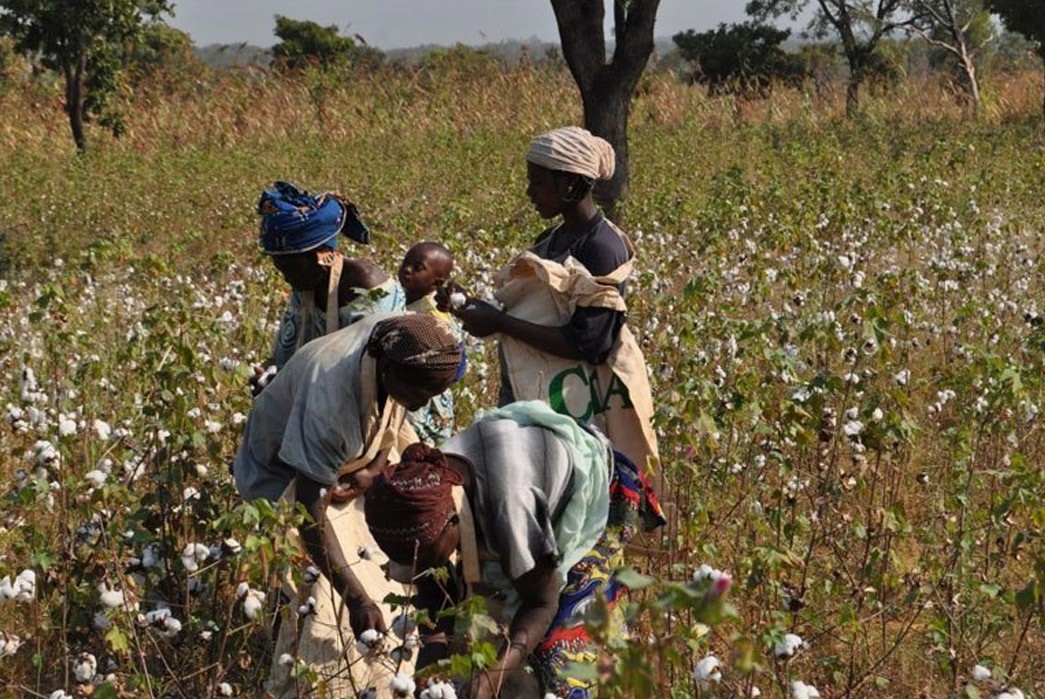
Yet the quality comes at a price, and not just in monetary terms: Zimbabwe is known for the oppressive dictatorship of the Mugabe regime, infamous for its numerous human rights violations. This inevitably raises the question: does Zimbabwe cotton’s quality come at the expense of supporting an oppressive regime, or is it more complicated than that?
In order to get some perspective on the quality of Zimbabwe cotton and the issues involved in its production, I spoke to Mikiharu Tsujita, the founder of Full Count. Not only is the brand one of Japan’s most respected denim producers, Full Count was also one of the first companies to use Zimbabwe cotton in the production of selvedge denim.

Full Count’s Mikiharu Tsujita.
Though these vintage Levi’s weren’t made with Zimbabwe cotton, they embodied the quality that Mr. Tsujita desired for his own company’s jeans, leading him to search for the perfect cotton. “I could never get over the amazing feeling of those leather patch 501XXs I wore when I was a teenager, so I made up my mind that somehow or another, I was going to make a fabric like that.”
Mr. Tsujita tested out various types of cotton, such as Peruvian, Egyptian, and Supima cotton. But amongst these better-known varieties, one type stood out: Zimbabwe cotton. Though it wasn’t particularly well-known at the time, its qualities immediately caught his discerning eye. “It wasn’t just the quality that appealed to me,” he says. “This variety of cotton was hand-picked, resulting in reduced wastage – the parts of the cotton crop with flaws, which wasn’t suitable for production. On top of that, the strong sun exposure of Africa facilitated the rapid growth of the cotton plants, producing an extremely strong, long fiber. Furthermore, this was organic cotton.”
With the help of a trading company, Mr. Tsujita was able to acquire Zimbabwe cotton and begin producing denim from it after carefully practicing dyeing and weaving techniques, elevating the cotton from obscurity to the present status it enjoys as perhaps the best cotton for denim production.
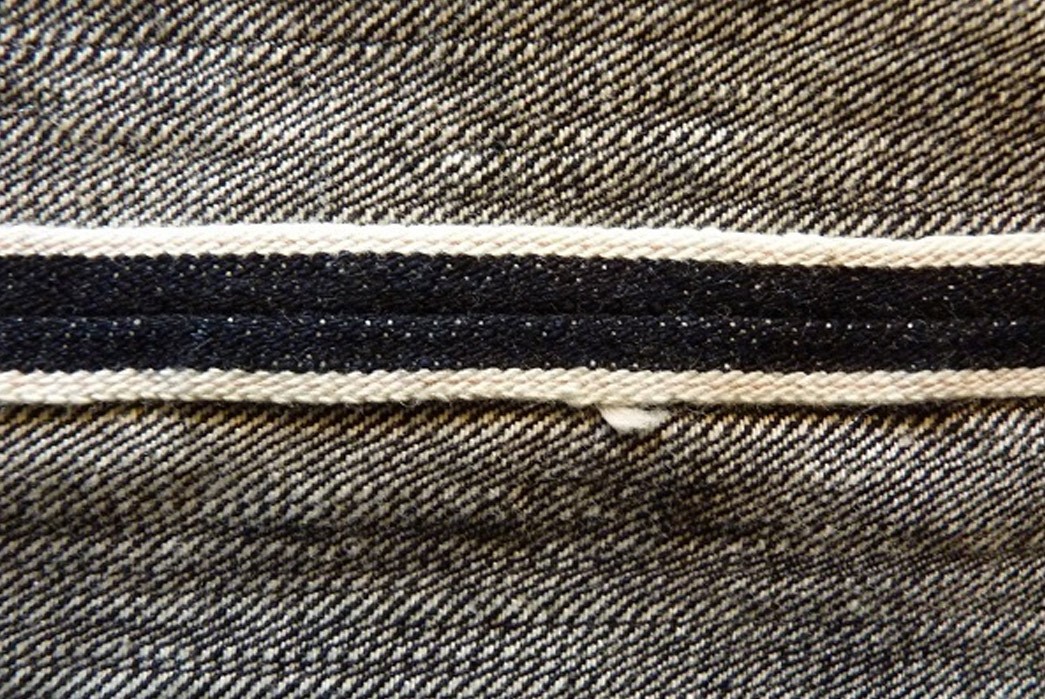
Detail of Real Japan Blues jeans made from Zimbabwe cotton.
But Zimbabwe’s cotton isn’t produced in a vacuum. The African country has sadly been a hotbed for international controversy due to the authoritarian Mugabe regime, raising questions in the denim community about the ethics of using a cotton that might–directly or indirectly–contribute to supporting an oppressive regime with a poor human rights record. A recent Reddit discussion ignited a bit of debate concerning the ethics of buying jeans made with Zimbabwe cotton. But it raised an important question: to what extent are consumers of high-end denim made from Zimbabwe cotton continuing the oppressive state of affairs in Africa?
“It wasn’t until 1998 that I realized the situation in Zimbabwe,” Mr. Tsujita says. “At the time I was selling jeans in England, when a buyer advised me not to advertise the Zimbabwe cotton because of the country’s poor image. This prompted me to investigate what was happening in Zimbabwe, which from the Japanese perspective looked rather similar to conditions in North Korea. I understood why Zimbabwe had a bad image after the Mugabe regime resulted in lowered prosperity and hyperinflation.
“But once Full Count understood the situation, we resolved to help the people of Zimbabwe through the donations of Japanese non-government organizations. In addition, we helped charities, such as those selling Save Zimbabwe T-shirts. The NGO president Mr. Hayashimoto was also careful not to give the donations to the government, but instead get the money directly to the people of Zimbabwe, through initiatives such as study abroad opportunities for young people that will help to build a future for the people of Zimbabwe.”
Consumers of high-end denim are already quite conscious of where materials and labor for their favorite brands are sourced, but even the most meticulous brands aren’t immune to missteps in production or sourcing materials. In an era when clothing production is dominated by cheap labor and sketchy work conditions, a few companies like Full Count are thankfully concerned with the issues beyond the final product.

